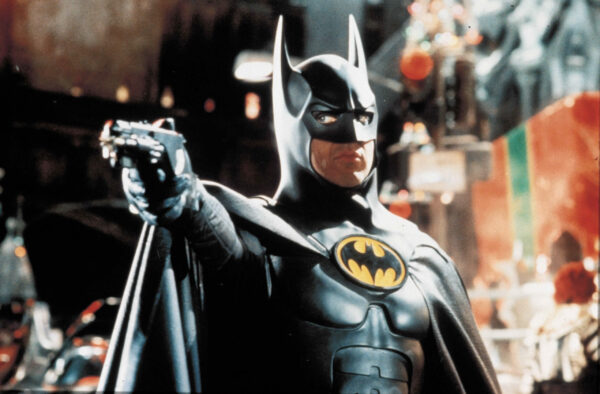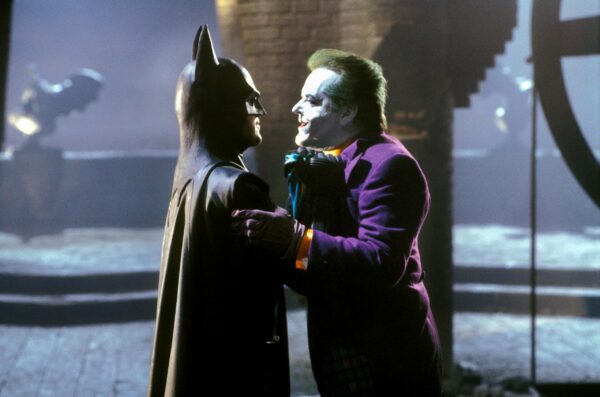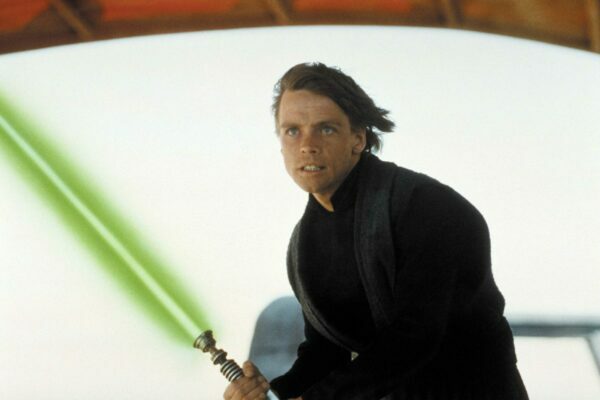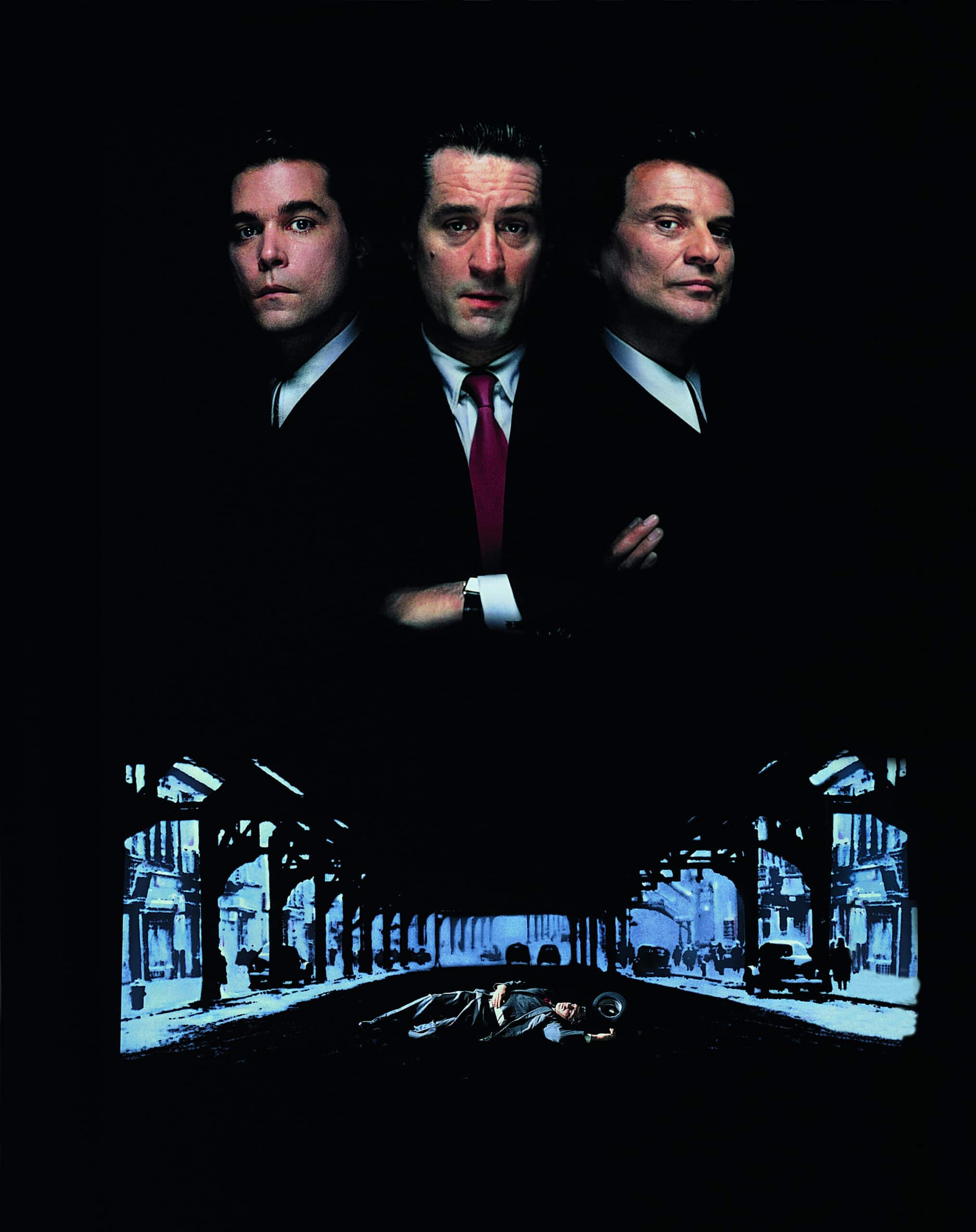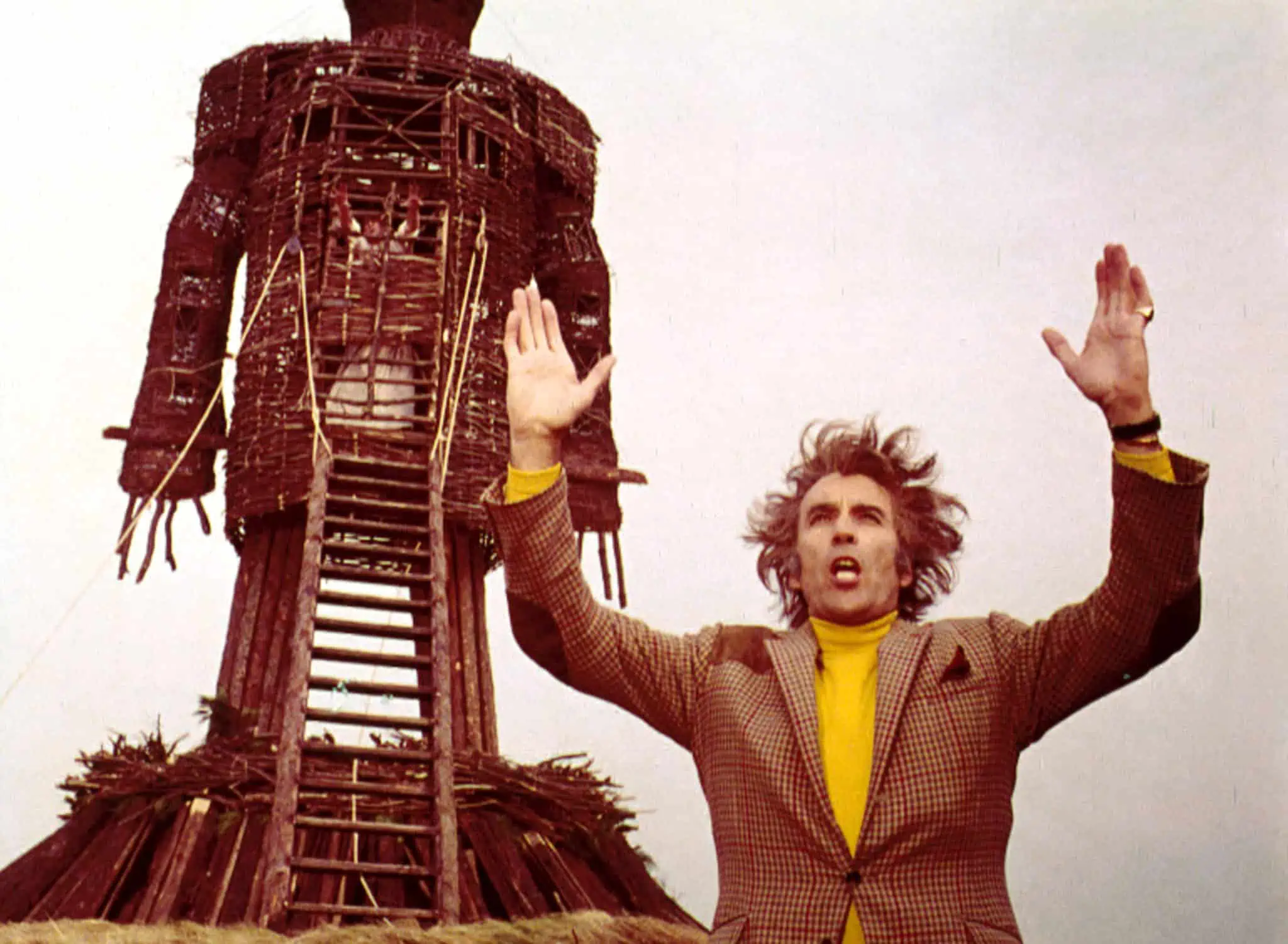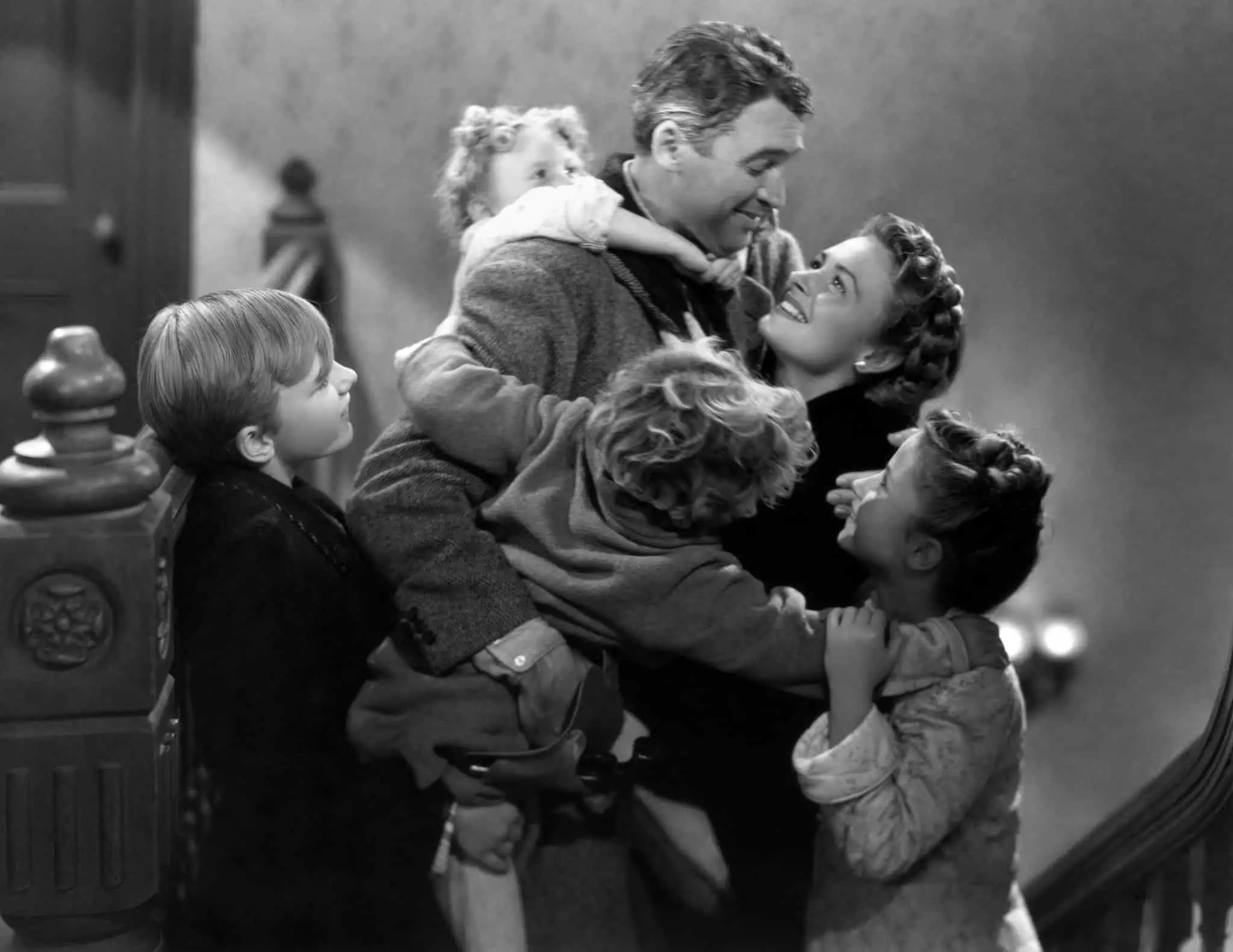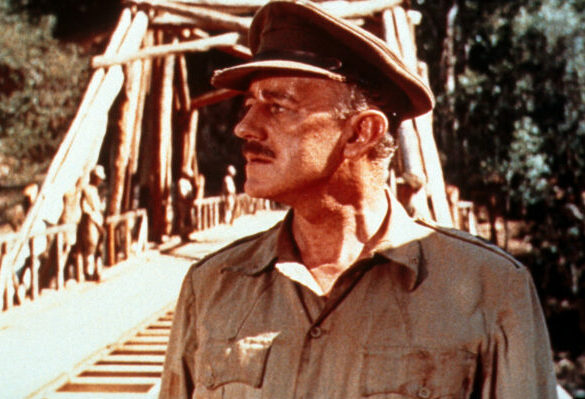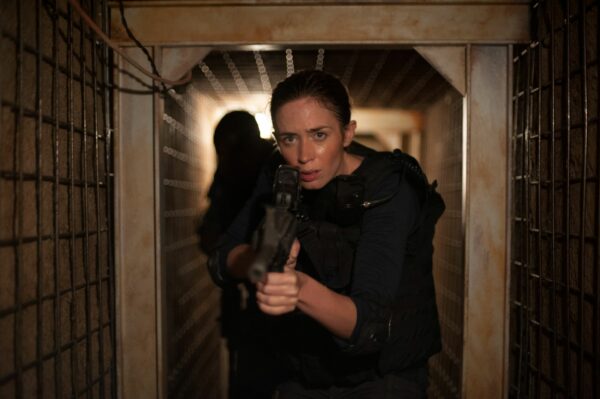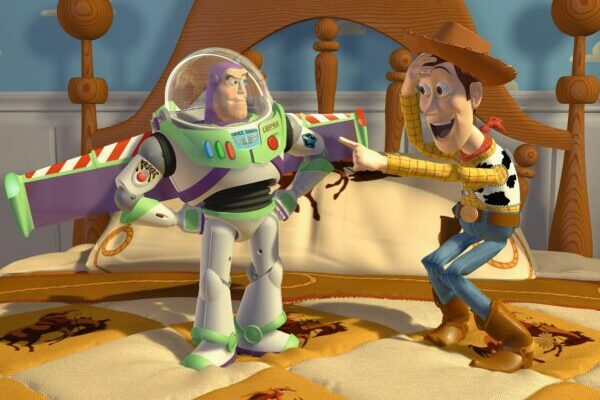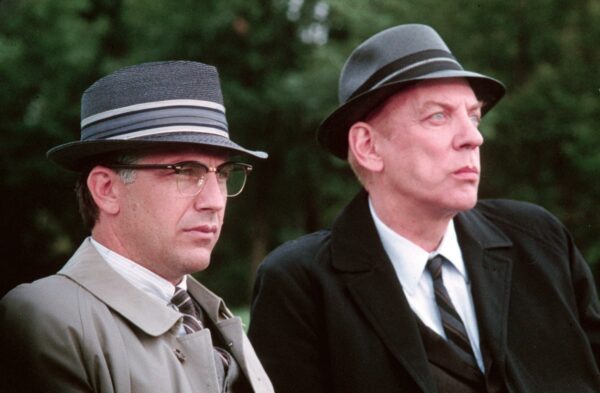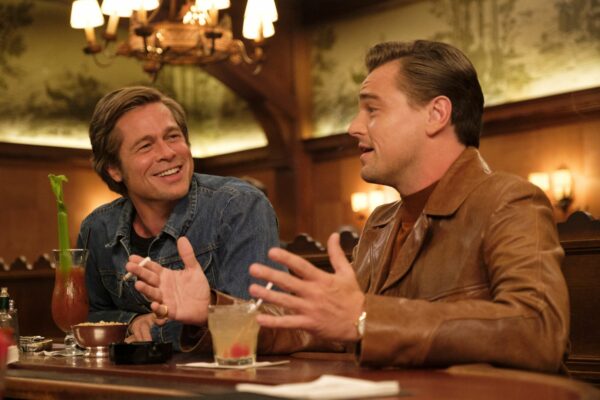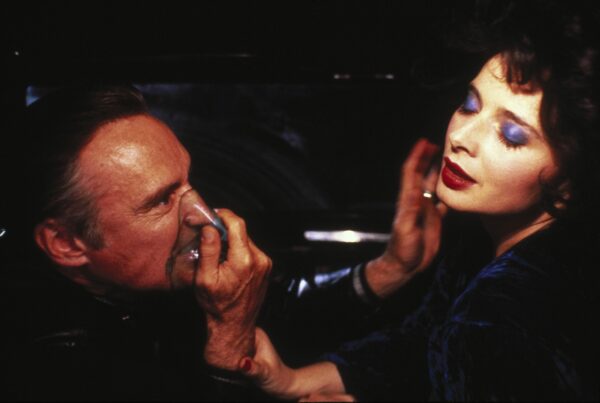
To call Jaws a classic would be an understatement. A monster of a hit on release, it was the highest-grossing film ever made, the first ever summer blockbuster, and launched the career of director Steven Spielberg. Joey Jones brings you the most amazing facts from behind the scenes.
What can we say about Jaws that hasn’t been said already? It was an instant classic, made a boat-load of money, and is still universally loved today. Below is the story of the movie, via the most interesting facts we could fish out of the depths (sorry).
1. The score was integral to the movie’s success
John Williams’ music signifies the dread and terror surrounding each shark attack, and is about as iconic as movie scores get. It won Williams his second Oscar (after Fiddler On The Roof, 1971) and has been voted 6th Greatest Movie Score OF All Time by the AFI.
The first time Williams played the famous “dun-dun” theme to Spielberg, the director actually thought it was a joke. Spielberg grew to love it though, and says Williams is responsible for 50% of the success of the film and calls the score “his greatest contribution to any of my films.”
Here is one of the greatest collaborations in Hollywood talking about that music…
2. The actress who played Chrissie Watkins wasn’t an actress
Susan Backlinie plays Chrissie Watkins, the unfortunate skinny dipper we see in the opening sequence who is killed by the shark. Backlinie was a swimwear model, not an actress, and was recommended to Spielberg by producer Richard D. Zanuck after he saw her in a magazine. Spielberg said, “yeah, but can she act?” and Zanuck replied, “I don’t know, but look at her!”
Shooting that opening sequence was gruelling work for Backlinie. To achieve the effect of being dragged round the ocean by the shark, she was attached to underwater ropes and 5 crew members on either side pulled her left and right. Spielberg wasn’t happy with Backlinie’s live screams so they re-recorded her in post-production and poured water down her throat to achieve the gargled sound we hear in the movie.
3. Spielberg had to deal with problem after problem
The production issues that plagued Jaws is the stuff of Hollywood legend.The crew had to endure terrible weather, the script was in a constant state of being re-written and, at one point, Quint’s boat – the Orca – sank.
There is one issue, though, that has become Hollywood legend. The mechanical shark, custom-built for the movie, was never tested properly, and failed over and over again. Weeks of man-hours were spent working on fixing the puppet, but it had to be constantly retrieved from the ocean bed after failing. In danger of facing a situation where the movie could not be finished, Spielberg had the idea of not showing the shark until well into the movie. In the director’s words, “I started making a Hitchcock movie instead of a Godzilla movie.”
In the original script, we see the shark in the very opening scene, but this was changed so that, now, it doesn’t appear until 1 hour 21 minutes into the movie.
Our episode of The Cutting Room on Jaws
4. The movie ran way over schedule and budget
Due to all of these issues, the 65-day shooting schedule overran to 157 days and the budget ballooned from $4million to $9million. Spielberg called it, “the hardest production I’ve ever worked on. I had nightmares for a lot of years.”
5. Casting Brody was not an easy task
It’s difficult to imagine anybody other than Roy Scheider playing the movies’ protagonist – Chrief Martin Brody – but he wasn’t Spielberg’s first choice.
Charlton Heston wanted the part of Brody but Spielberg thought he was too big a name, saying, “The shark wouldn’t last past the first act.” Robert Duvall and Gene Hackman were also considered as possible Chief Brody’s.
Struggling to cast his main character, Spielberg was growing concerned and, when he met Roy Scheider at a Hollywood party a few weeks before shooting, explained the situation he was in. Spielberg told Scheider the whole plot of the movie, and Scheider loved it and said “well, what about me?”
6. Quint’s first scene was almost very different
The introduction to Quint where he holds court in a room full of Amity Islanders, and offers to kill the shark for $10,000, is one of the film’s most memorable, but it could’ve been very different. Spielberg wanted Quint’s introduction scene to involve him watching Moby Dick (1956) in a cinema, where Quint is laughing at how unbelievable the movie is. Gregory Peck, who starred in Moby Dick, denied Spielberg the rights to the movie as he thought his performance was terrible in the film.
7. Robert Shaw and Richard Dreysuss did not get along
In an instance of life imitating art, there was a running feud on-set between Robert Shaw and Richard Dreyfuss throughout production, mirroring the relationship between their movie counterparts.
Shaw would call Dreyfuss “fat” and “out of shape” and, one day, challenged the younger man to jump off the top of the Orca into the ocean (about 90ft). Dreyfuss was going to do it, until Spielberg got wind of the stunt and told Dreyfuss, “not in my movie, you don’t!”
Another time, when Shaw was drinking between takes on the Orca, Dreyfuss snatched the shot glass from Shaw’s hand, and threw it into the ocean. “Things got ugly,” recalled Spielberg.
8. There were a lot of changes from the book the movie was based on
Jaws is based on a best-selling novel of the same name, written by author Peter Benchley. Quite a lot was changed however, from page to screen. Some of the key changes:
- In Benchley’s novel, Hooper has an affair with Brody’s wife and is killed by the shark when he goes down in the cage. Spielberg thought this plot thread unnecessary – and made Hooper unlikeable – so removed it from his movie.
- In the movie, Mayor Vaughn wants the beaches to remain open purely for financial reasons – it is Amity Island’s busiest period of the year. In the book though, the Mayor is influenced by outside forces – namely the Mafia – into keeping the beaches open.
- The death of the shark – where, in the movie, Brody shoots the gas canister in the animal’s mouth, causing it to explode – is very different in the book. Benchley’s original ending had the shark simply die from exhaustion, succumbing to its many wounds. Spielberg thought this uncinematic, so devised the more exciting ending. Benchley was not happy with the change, and had to be escorted from the set after loudly voicing his approval to Spielberg.
9. Both writers appear in the movie
Writing credit for the screenplay is shared between Peter Benchley and Carl Gottlieb, and both men have cameos in the movie. Gottlieb appears as Mayor Vaughn’s right-hand man (called Meadows) on the ferry scene in the first act of the movie. Benchley’s role is slightly more substantial – he plays the news reporter on the beach recording a live report on the shark deaths.
10. Everything turned out okay with Alex and Mrs Kintner in the end
Alex Kintner is the 10-year-old boy who becomes the shark’s second victim in the movie. He was played by Jeffrey Vorhees and Alex’s mother, Mrs. Kintner, was played by Lee Fierro. Many years later, Fierro was in a fish restaurant in Martha’s Vineyard (where Jaws was filmed). She saw an item on the menu called the “Alex Kintner Shark Sandwich” and told the waitress she played Mrs. Kintner in Jaws. The waitress left the table and, a couple of minutes later, Jeffrey Vorhees appeared from the kitchen – he owned the restaurant. They hadn’t seen each other since the movie and spent a couple of hours together. Naturally, Fierro didn’t pay for her meal.
11. The most famous shot in the movie was taken from Hitchcock
One of the standout moments in the movie is the incredible dolly zoom shot into Brody, who is sitting on the beach when the shark takes Alex. Spielberg took it from another master director – Alfred Hitchcock – who used it in Vertigo (1958). It was created by Hitchcock’s camera operator, Irmin Roberts. Spielberg took it and didn’t give it back, though. That zoom effect is now commonly known as, “the Jaws shot.”
12. One of the most memorable scenes wasn’t in the original script
The scene where Brody and his son pull monster faces at each other wasn’t in the shooting script. Between takes, Roy Scheider and Jay Mello (playing Brody’s son, Sean) started playing around and making faces at one another. Spielberg saw it and – always a fan of a father/son relationship in his movies – said, “get the cameras rolling again”.
13. James Bond appears in the movie
In the mid-’70s, Spielberg wanted to direct a Bond movie, and actually made pitches to Cubby Broccoli on two separate occasions. He even went so far as to make a subtle nod to Bond in Jaws. In the scene where Hooper and Brody cut open the Tiger Shark, The license plate Hooper pulls from the shark says ‘Louisiana 73’ (the setting and release year of Live And Let Die). Not convinced? The reg number begins 007.
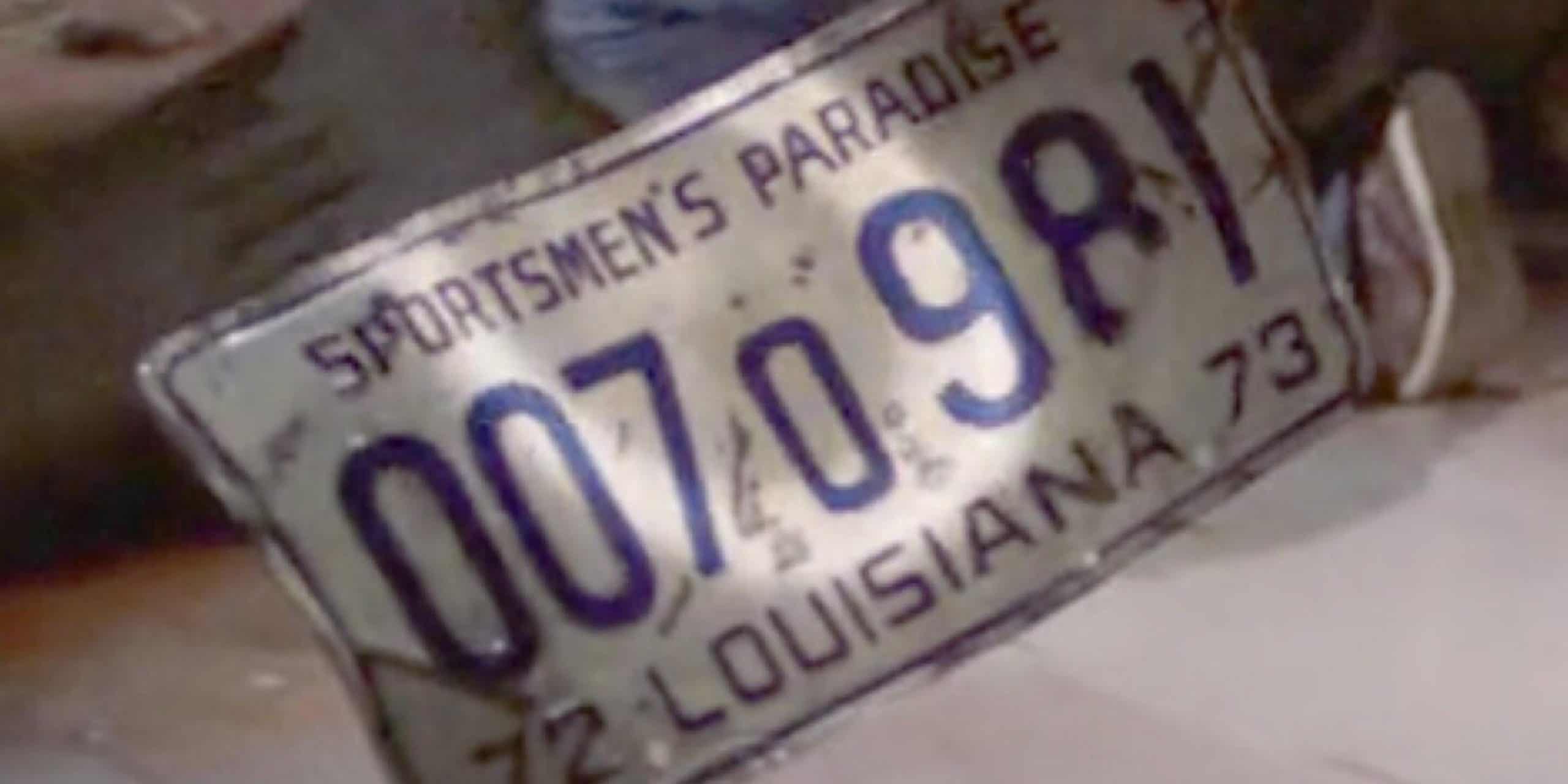
14. The movie’s most famous scare was shot as an afterthought
The moment that Hooper goes below and comes across fisherman Ben Gardner’s head is one of the most famous jump scares in movie history. It wasn’t in the script though.
Spielberg had the idea when he saw the movie play to test audiences in theatres and thought “I can get one more scare in there.” He approached Universal who, due to the film running way over budget and schedule, refused to pay for it. So, Spielberg paid $3000 out of his own pocket to shoot the scene. It was filmed at editor Verna Fields’ home, in her outdoor pool. To make the clear water of the pool appear more realistic, they appeared in a vat of milk to create the murky, ocean-like effect.
15. There’s more to the Amity Island poster than meets the eye
The longest scene in the movie is the scene where Brody and Hooper confront the mayor after they discover the body of Ben Gardener, clocking in at 2 minutes 45 seconds. It also includes a very subtle summary of the plot to that point. The ‘Amity Island Welcomes You’ poster that we see references every victim of the shark to that point in the movie. It depicts a young blonde woman (Chrissie Watkins), swimming on a lilo (Alex Kintner), and on the horizon we see a fishing boat (Ben Gardener).
Bonus fact: the model for the poster was the girlfriend of director (and good friend of Spielberg) Brian De Palma at the time.
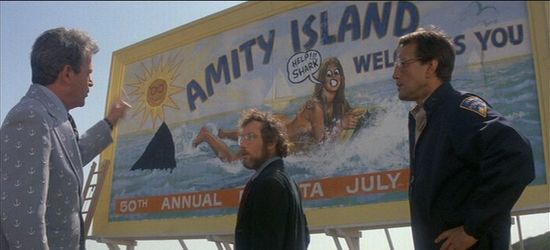
16. The Indianapolis speech wasn’t in the book, either
Quint’s USS Indianapolis monologue in the third act is one of the most famous in movie history. There was no such speech in Benchley’s book, though, and it was written specifically for the movie.
The idea of the speech was conceived by screenwriter Howard Sackler, as he thought Quint needed a backstory. He wrote a draft of the speech that was about three-quarters of a page. John Milius (Apocalypse Now writer), who was a friend of Spielberg, then wrote a draft that came in at about 10 pages. Robert Shaw read the Milius speech and liked it, but thought it far too long. A writer himself, Shaw wrote a third draft, making changes and trimming Milius’ speech down to about 4 pages. This is the final monologue we see in the film.
17. It was a gargantuan hit on its release
To say Jaws was a success on its release would be an understatement. Costing $9m to make, it grossed $470m worldwide. That’s $2.2bn in today’s money. The box office record holder at the time was The Godfather, which took $130m in 1972, so Jaws more than trebled the existing record.
And there we have it, 17 great (white) facts on Jaws. Head over to our podcast page where you can listen to our Jaws episode, and our Steven Spielberg special where we talk about Jaws and other Spielberg classics.



